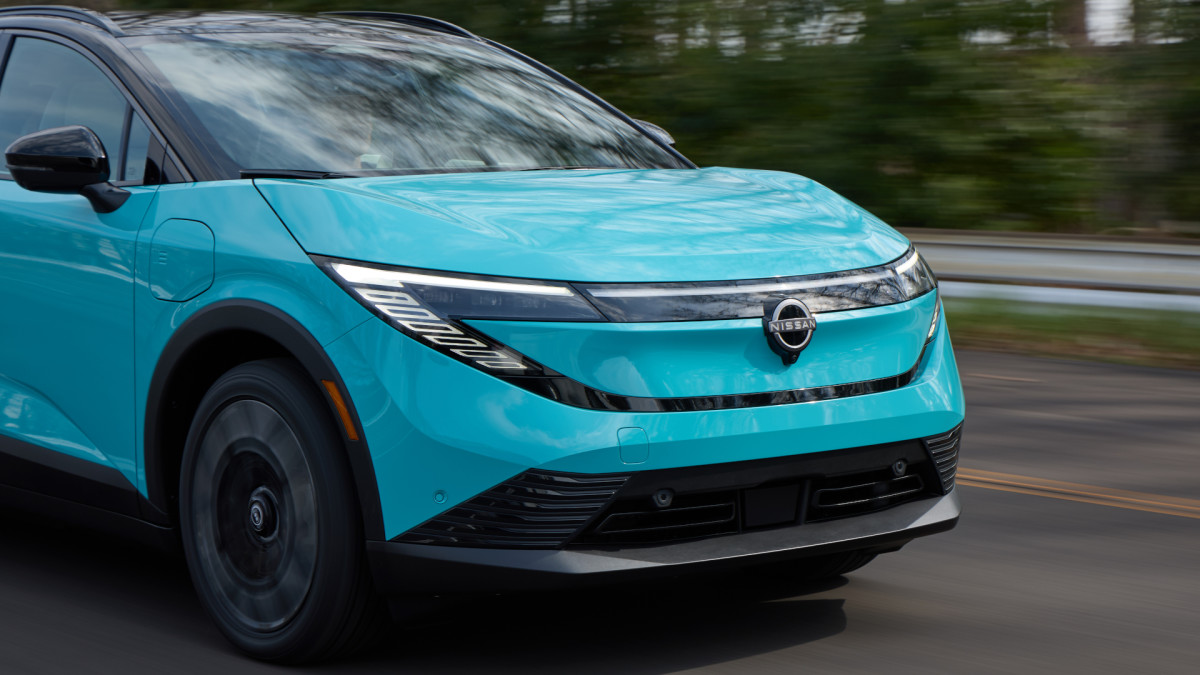High competition at low prices
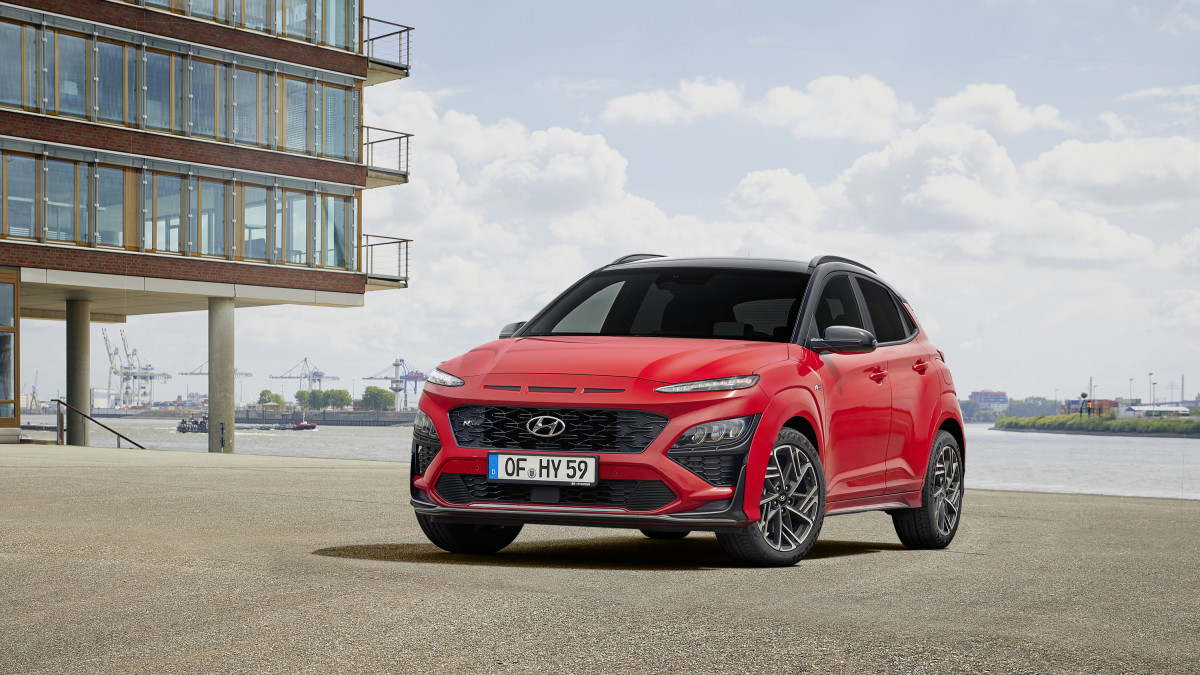
View the 2 images of this gallery on the
original article
Affordable electric vehicles are still relatively rare, but a few notable options hover around the $30,000 mark before incentives. The current Hyundai Kona EV and the upcoming 2026 Nissan Leaf are among the main contenders. While official pricing for the 2026 Leaf hasn’t been released, Nissan representatives say it will remain competitive. For now, the 2025 Leaf starts at around $29,000, while the Kona EV is priced just above $33,000. Sitting between the two is the Fiat 500e, though it’s a much smaller two-door vehicle and belongs to a different class entirely. Meanwhile, the 2025 Chevrolet Equinox EV is also available, but it starts at well above $35,000. With those figures in mind, how do the upcoming Leaf and the current Kona EV stack up against each other?
Hyundai Kona EV ($32,975 base MSRP)
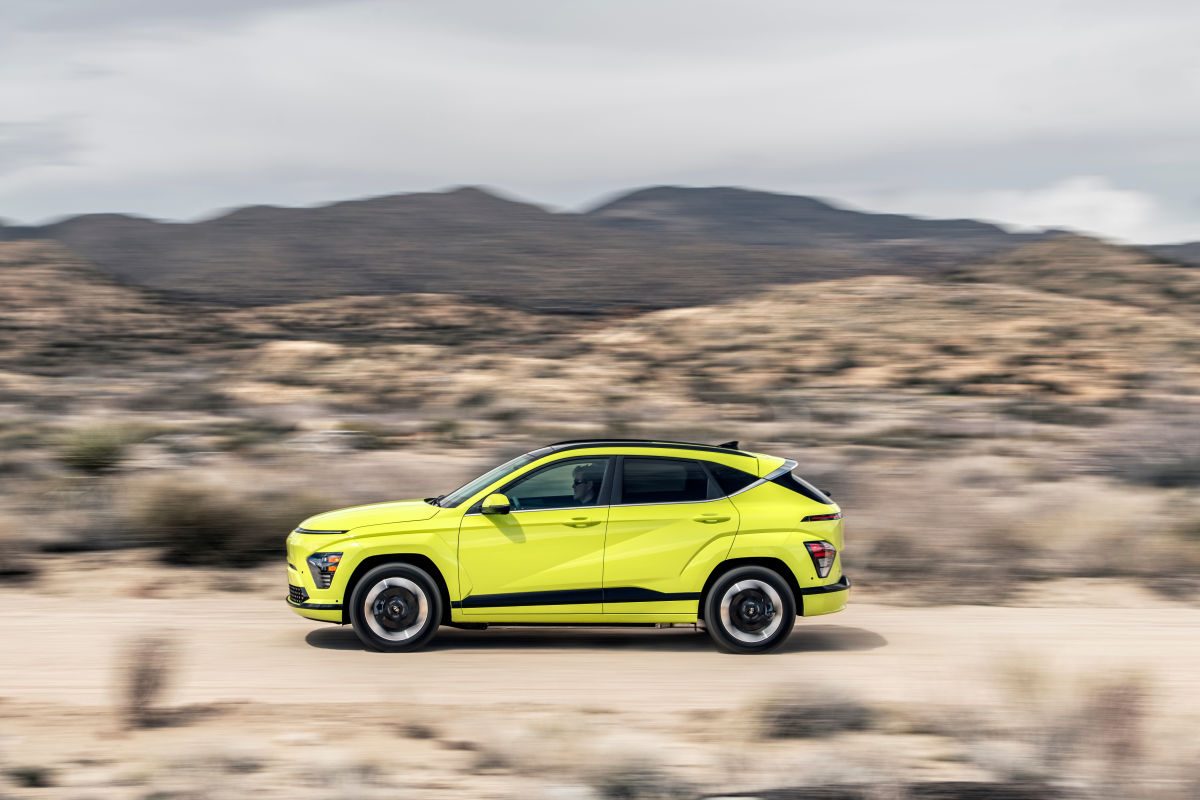
Now in its second generation, the Hyundai Kona EV is an impressive evolution, offering performance and drivability that rival more expensive electric vehicles. Even the base model is well-equipped, featuring a 12.3-inch touchscreen and heated seats. All trims benefit from a multilink rear suspension, which enhances handling and overall ride quality in real-world conditions.

View the 3 images of this gallery on the
original article
The base Kona EV SE is powered by a 99 kW motor producing 133 horsepower, paired with a 48.6 kWh battery that delivers up to 200 miles of range. Higher trims use a more powerful 150 kW motor with 201 horsepower, backed by a 64.8 kWh battery good for up to 261 miles. DC fast charging peaks at 100 kW, allowing for reasonably quick top-ups.
Hyundai offers the Kona in three variants: gasoline, hybrid, and fully electric. The all-electric Kona EV lineup starts at $32,975 for the SE. The SEL is priced at $36,975, followed by the sporty N Line at $38,375, and the fully loaded Limited trim at $41,150.
2026 Nissan Leaf (Pricing TBA)

While we haven’t yet tested the 2026 Nissan Leaf in person, there’s already a wealth of information available about this all-new model. Positioned to compete directly with the Hyundai Kona EV and the upcoming Chevrolet Bolt EV, the redesigned Leaf brings several fresh innovations to the segment.
The base Leaf S features a 52-kWh battery paired with a 174-horsepower motor. While official range figures for this version haven’t been released, early estimates suggest it will exceed 200 miles. The new battery systems are now liquid-cooled and heated, with a heat pump available for improved efficiency in cold climates. A larger 75-kWh battery is also offered, delivering 214 horsepower and an estimated range of over 300 miles. DC fast charging tops out at 150 kW, which is notably higher than many competitors in this price range.
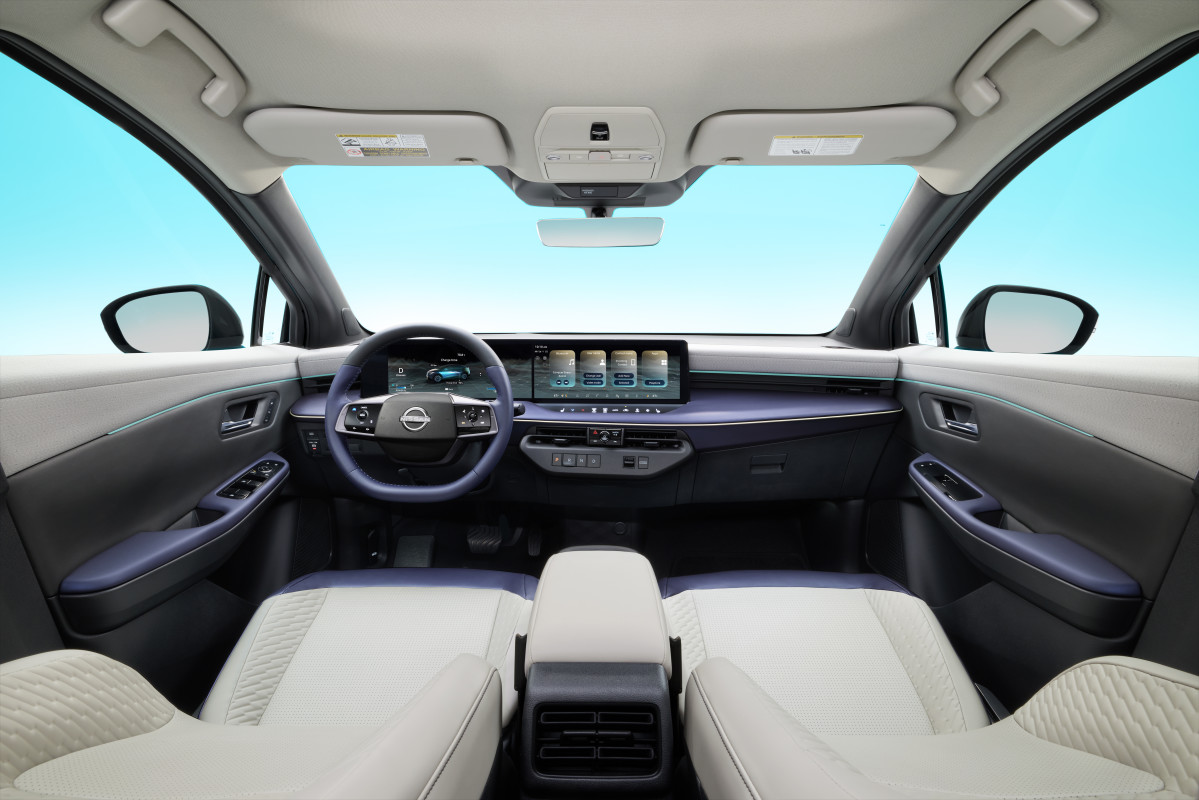
View the 3 images of this gallery on the
original article
Inside, the 2026 Leaf gets a complete redesign. Base S and S+ trims come equipped with dual 12.3-inch screens, while higher trims step up to dual 14.3-inch displays. The range-topping Leaf Platinum adds a unique dimming panoramic moonroof that uses electrochromic glass to switch from clear to opaque at the push of a button. Official pricing has not yet been announced, but Nissan has confirmed the lineup will include S, S+, SV, SV+, and Platinum trims.
More than skin deep

View the 2 images of this gallery on the
original article
The 2026 Nissan Leaf introduces a unique charging feature not currently offered by any other automaker: dual charging systems with two separate charge ports. Nissan engineers have equipped the Leaf with both a J1772 (CCS1) port on the driver’s side and a NACS (Tesla) port on the passenger side. Both ports are located near the front wheels, making them easily accessible, regardless of the available charging infrastructure. In contrast, the Hyundai Kona EV features a single charge port—like Tesla’s setup—located at the rear on the passenger side.
Both the Leaf and Kona EV are classified by their manufacturers as crossovers or SUVs due to their elevated ride height and design language. However, neither offers all-wheel drive, which makes their SUV designation debatable. In practice, they behave more like tall hatchbacks. On the plus side, both vehicles ride on a multi-link independent rear suspension—a significant upgrade over the basic torsion-beam setups commonly found in economy cars. This contributes to better ride quality and improved handling dynamics.
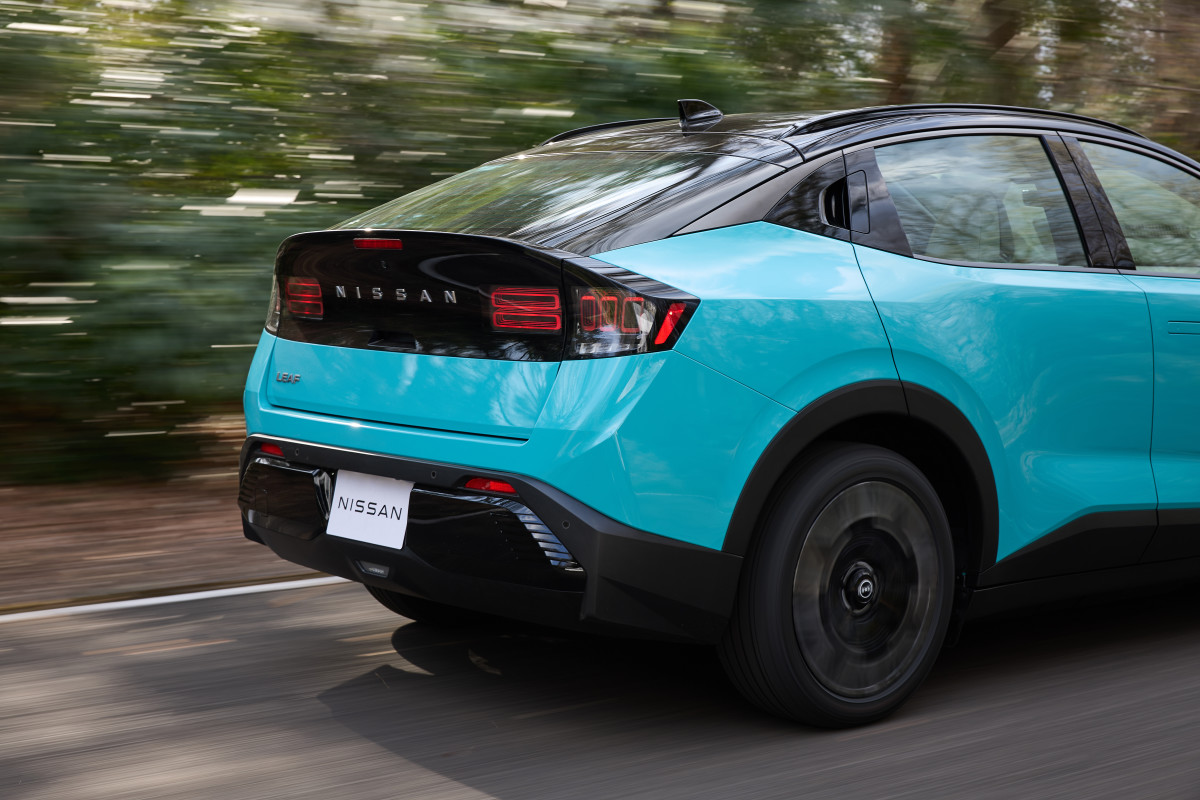
View the 2 images of this gallery on the
original article
Final thoughts
On paper, the upcoming 2026 Nissan Leaf has a clear edge in several key areas over the Hyundai Kona EV. It offers more power, a larger battery option, faster DC fast-charging capability, and dual charging ports—including a standard NACS (Tesla-style) input alongside the J1772/CCS1. It also introduces clever tech features like electrically dimming roof panels, adding to its appeal. That said, the Hyundai Kona EV remains a strong contender in this class. It’s well-equipped, refined, and already available, backed by Hyundai’s solid reputation and EV experience. If Hyundai continues its trend of aggressive pricing, the Kona EV will likely stay very competitive against the new Leaf.

